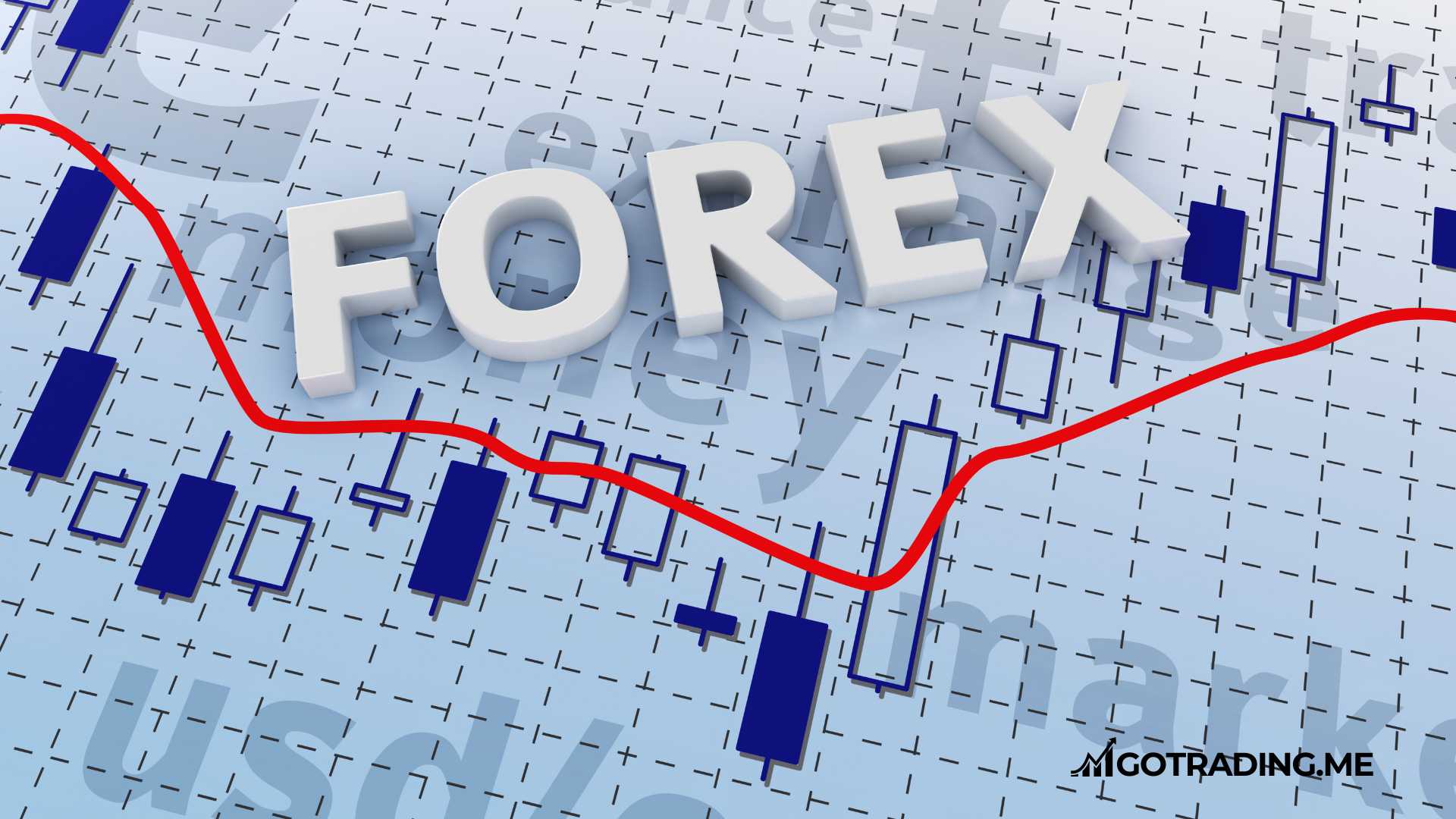Understanding Market Structure in Forex Trading

Market structure refers to the overall framework and characteristics of a market, including trends, support and resistance levels, and price patterns.
By analyzing market structure, traders can gain valuable insights into market behavior and make more informed trading decisions.
Let’s dive deep into the concept of market structure in forex trading. We’ll explore the key components of market structure, how to identify trends and chart patterns, and practical strategies for incorporating market structure analysis into your trading plan.
The Building Blocks of Market Structure
At its core, market structure is composed of several key elements:
- Trends: A trend refers to the overall direction of price movement, which can be bullish (upward), bearish (downward), or sideways. Identifying the prevailing trend is crucial for aligning your trades with the market’s momentum.
- Support and Resistance: Support and resistance levels are price areas where the market has historically struggled to break through. These levels can act as barriers, causing price to bounce off or break through, depending on market sentiment and volume.
- Swing Highs and Lows: Swing highs and lows are the peaks and troughs formed by price action on a chart. They help define the boundaries of a trend and can be used to identify potential entry and exit points.
- Chart Patterns: Recognizable price formations, such as head and shoulders, double tops/bottoms, and triangles, can provide clues about future market direction. These patterns often signal trend continuations or reversals.
By understanding these building blocks, traders can start to piece together a clearer picture of market structure and anticipate potential price movements.
Identifying Trends in Market Structure
Trends are the backbone of market structure analysis. A market can be trending in one of three directions:
- Uptrend (Bullish): Characterized by higher highs and higher lows, an uptrend indicates a period of rising prices. In an uptrend, traders often look for opportunities to buy on dips or breakouts above resistance.
- Downtrend (Bearish): Marked by lower lows and lower highs, a downtrend signifies a period of falling prices. Traders in a downtrend may seek to sell on rallies or breakdowns below support.
- Sideways (Range-bound): When a market is trading within a defined range, with no clear upward or downward trend, it is said to be moving sideways. Range-bound markets often present opportunities for traders to buy at support and sell at resistance.

To identify the prevailing trend, traders can use a combination of technical tools, such as moving averages, trendlines, and momentum indicators.
For example, a simple moving average crossover strategy involves comparing a short-term moving average (e.g., 50-period) with a long-term moving average (e.g., 200-period). When the short-term MA crosses above the long-term MA, it may signal the beginning of an uptrend, while a cross below could indicate a shift to a downtrend.
Trendlines are another useful tool for visualizing trends. By connecting a series of higher lows in an uptrend or lower highs in a downtrend, traders can create a trendline that represents the overall direction of the market. A break above or below the trendline can signal a potential trend change.
Chart Patterns and Market Structure

In addition to trends, chart patterns play a significant role in market structure analysis. These recognizable price formations can provide valuable insights into potential market movements.
Some common chart patterns include:
- Head and Shoulders: A reversal pattern that forms after an uptrend, consisting of a left shoulder, head, and right shoulder. A break below the neckline (the line connecting the lows of the shoulders) can signal a trend reversal.
- Double Tops and Bottoms: Reversal patterns that occur when price tests a resistance (double top) or support (double bottom) level twice, failing to break through. A subsequent break below support or above resistance can confirm the reversal.
- Triangles: Continuation patterns that form during a trend, characterized by converging trendlines. Symmetrical triangles have converging upper and lower trendlines, while ascending and descending triangles have a flat upper or lower trendline, respectively. A breakout from the triangle often signals a continuation of the prevailing trend.
- Flags and Pennants: Continuation patterns that resemble a flag or pennant shape, formed by parallel trendlines. These patterns typically occur after a sharp price move and signal a brief consolidation before the trend resumes.
By recognizing these patterns within the context of the overall market structure, traders can anticipate potential breakouts, reversals, or continuations, and plan their trades accordingly.
Incorporating Market Structure into Your Trading Plan
Understanding market structure is only half the battle; the real challenge lies in effectively incorporating this knowledge into your trading plan. Here are some practical strategies for using market structure analysis in your forex trading:
- Identify the Prevailing Trend: Before entering a trade, assess the overall market trend on multiple timeframes. Look for clear higher highs and higher lows in an uptrend, or lower lows and lower highs in a downtrend. Align your trades with the prevailing trend to increase your chances of success.
- Use Support and Resistance Levels: Identify key support and resistance levels on your charts, and use them to guide your entry and exit decisions. In an uptrend, look for opportunities to buy near support or on a breakout above resistance. In a downtrend, consider selling near resistance or on a breakdown below support.
- Combine Multiple Timeframes: Analyze market structure on different timeframes to gain a more comprehensive view of the market. For example, you may identify the overall trend on a daily chart, then drill down to a 4-hour or 1-hour chart to pinpoint specific entry and exit levels.
- Manage Risk with Stop Losses: Always use stop losses to protect your capital and limit your downside risk. Place your stop loss at a level that invalidates your trade idea, such as below a key support level in a long trade or above a key resistance level in a short trade.
- Adapt to Changing Market Conditions: Market structure is dynamic and can change over time. Be prepared to adjust your trading plan as new trends, patterns, or levels emerge. Regularly review your charts and update your analysis to stay aligned with the current market structure.
Summary
Market structure analysis is a powerful tool for forex traders seeking to make informed trading decisions. By understanding trends, support and resistance levels, and chart patterns, traders can gain valuable insights into market behavior and potential price movements.
However, it’s important to remember that market structure is just one piece of the puzzle. Successful trading also requires a well-defined trading plan, disciplined risk management, and the ability to adapt to changing market conditions.
As you continue your journey as a forex trader, make market structure analysis a core component of your trading approach. Combine it with other technical and fundamental analysis techniques, and continually refine your skills through practice and education.
With dedication, discipline, and a solid understanding of market structure, you’ll be well on your way to navigating the exciting and dynamic world of forex trading.







